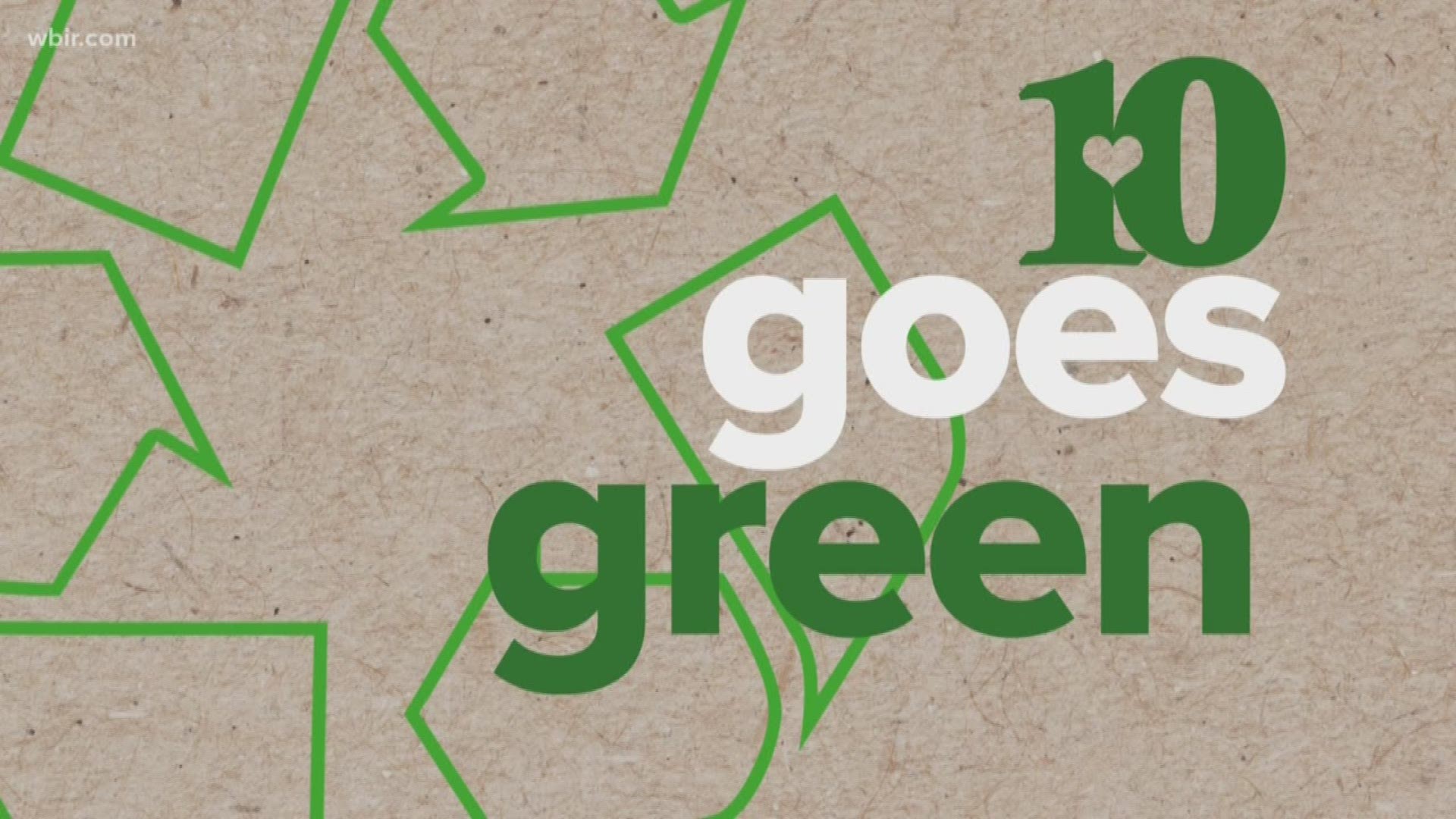If you're interested in recycling in Knoxville, but don't want to head to the convenience centers throughout the county, you can apply for a curbside recycling bin.
RELATED: Recycling in Knoxville | Where does it end up, how does it get there and what can be collected?
HOW TO APPLY
You can either call 311 or follow the online form to request a recycling cart if you live in the City of Knoxville.
There is no additional cost for the bins. City residents with garbage pick-up have no additional fees for the recycling service.
Be aware the city gives out the bins twice a year based on residents who apply for them, so if you request one, don't expect to get it the next week.
Patience Melnik, the City of Knoxville Solid Waste Manager, says this method makes the most sense for the city.
"Twice a year, we amass everyone who has signed up for recycling and then Waste Connections has to reroute all the trucks to integrate those new recyclers," Melnik explained. "It's just really a lot more efficient for us to do it just twice a year, so that's why it can take some time to get your bin."
HOW IT WORKS
According to the City of Knoxville website, here's what you need to do every other week:
STEP 1: Rinse all recyclable containers
STEP 2: Flatten all recyclable boxes
STEP 3: Place recyclables into cart
STEP 4: Take cart to within 3 feet of curb on collection day
You don't have to worry about sorting the recyclables you place in your bin. You just throw the approved materials in all together and the recycling service does the rest.
You are able to recycle the basics like plastic products labeled 1-7, mixed paper, newspapers, aluminum cans, and cardboard; however, you cannot recycle clear or colored glass in the curbside pickup containers.
You are not able to place glass in your curbside bin, because, according to Melnik, glass can damage machines and other recyclables.
"As the glass goes through the sorting line with all the other materials, it breaks up and it damages the equipment and the little shards get into the other materials, so it will get into the bales of the paper and the bales of the plastic, and then they won't be able to sell those materials, so it contaminates them," Melnik explained.
Of course, recycling is the last resort. You should try to reduce and reuse as much as possible. For example, replacing single-use plastics with reusable items helps cut down waste in the first place.

